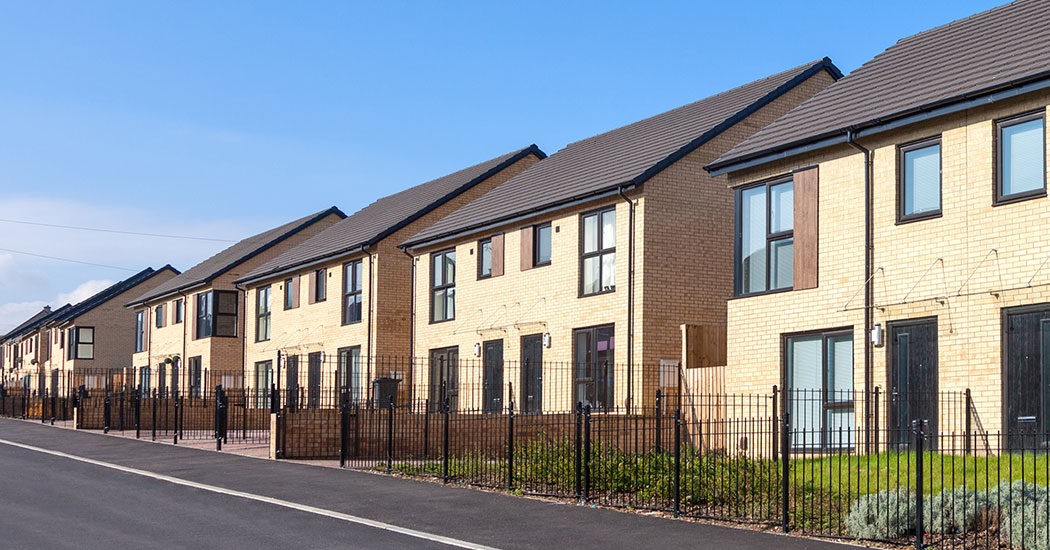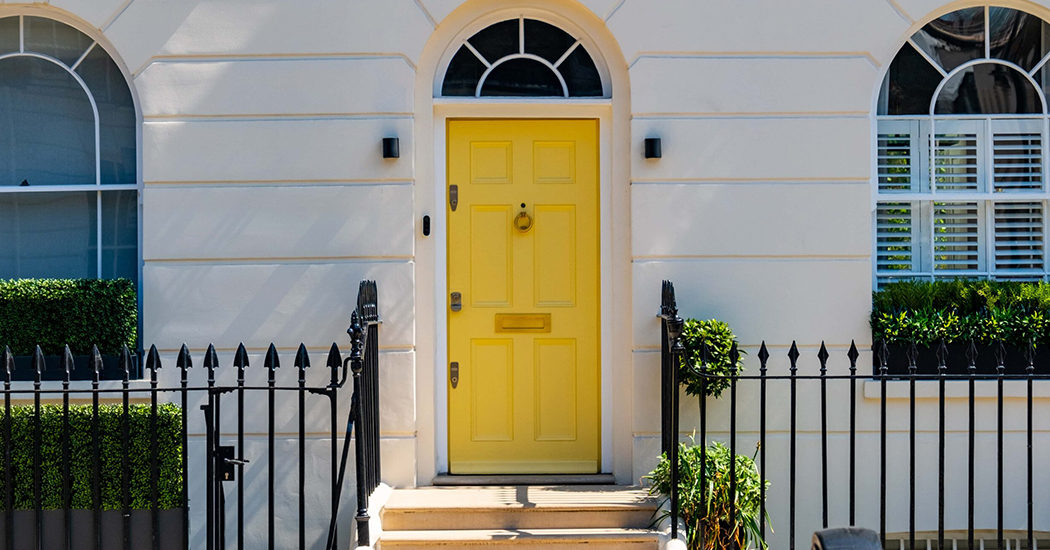This year the Chancellor has restricted mortgage-interest tax relief for landlords and made it harder to offset wear-and-tear repairs against tax.
A 3 per cent stamp duty surcharge has been slapped on buy-to-let purchases and landlords will now need to conduct Right To Rent immigration checks on new tenants.
The good news is that, despite these changes, rewards for landlords are still high. The HomeLet rental index shows average rents across most of the UK are £743 a month, rising to £1,544 in Greater London and demand has never been greater, thanks to people living longer and inward migration.
Given the new regulations, first-time investors must plan scrupulously. We’ve drawn up six golden rules to make sure you get the best from buy-to-let.
Use A Letting Agent
It’s tempting to do it yourself, but private lettings are complicated with new housing laws and major health and safety regulation changes every year — including checks on tenants’ migrant status. Letting agents fees are tax deductible and give you the peace of mind that you are adhering to all current legislations.
Target Your Tenants
Decide whether students, young professionals or families with children are your preferred tenants. This will help you choose where and what to buy.
Ask us for advice, scour local websites for news on companies moving in or expanding and walk the streets to see whether there is already a high supply of properties. If you choose, say, to buy and let a terrace house to students, a new purpose-built block near the university would make it harder to find tenants.
Buy the Right Size Property
The vast majority of tenants want two or three bedrooms only.
Big houses turned into bedsits — known as houses in multiple occupation — look good on paper but are subject to many health and safety rules which can reduce your returns and make management of the property difficult.
Location, Location, Location
52% of renters chose their property because it is near where they work — meaning that landlords should buy close to employment centres.
The ideal area is within walking distance of major employers such as a hospital, university or big private companies, near a public transport hub, and close enough to shops and local amenities.
Make Sure Your Figures Stack Up
It still makes sense to get a mortgage even if you can afford to buy outright, as you receive at least some tax relief.
Lenders want evidence that rental income will be 125 to 135 per cent of the mortgage repayments, to ensure they will get paid even if there is a void period between tenants.
If you have a lot of equity in your main home, you may wish to release some of it through remortgaging to boost a buy-to-let deposit. Speak to an independent mortgage broker who will tell you which deals you can access.
Equip Your Rental Property
Rental properties can be furnished or unfurnished, but ask us for advice on what works in your area. 57% of 18 to 24-year-olds want a partly or fully-furnished house or flat but if you are letting a house to families, they will have their own furniture.
Should you require advice or have any queries regarding rental properties please do not hesitate to contact your local David Burr office.







